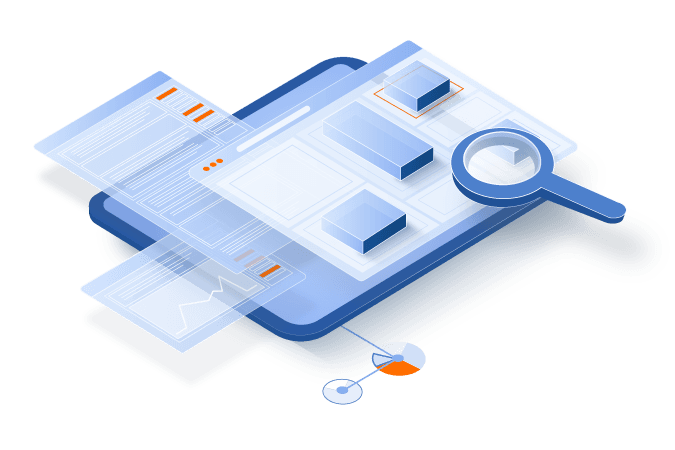Working with Assosia?
Assosia provides competitor analysis in retail for numerous established businesses across FMCG, CPG, e-commerce, and beyond. For example, we worked with one of the UK’s largest leading retail brands, conducting offline analysis through in-store audits and price tracking. Components of the analysis included:
It’s easy – simply talk to us about which retail sector and channels you are interested in, and we will plan a competitor monitoring programme specifically for you.
- The programme can be up and running within 1-2 weeks from the agreed brief across a wide range of retailers.
- Daily audits and reporting and alerts will be designed to meet your needs
- We’ll keep you abreast of everything affecting your sector
- Discreet price checking, with photographic support and accurate data validation
- Provide accurate, robust and on-time data/reports
Free up internal resources and use our data to react almost instantly to price changes, retaining a competitive edge.










